UNESCO LIST TURKEY
18 properties in Turkey inscribed on the UNESCO World Heritage List, More information in the description below.
- Category: HOTELS, VİLLAS & HOLİDAYS TURKEY
- Service Length: 45 Minutes
- Price:Free
Description
Possibility of organizing the UNESCO tour : On request
Unesco World Heritage Sites Turkey Over Land Tour (27 Days)
Intertwining special assets of historical and geographical importance, the UNESCO World Heritage List is the principal archive of world history. Including the inscription of Göbeklitepe in 2018 and holding a total of 18 sites, Turkey holds a notable place on the list. We have compiled a list of these must-see cultural treasures for you.
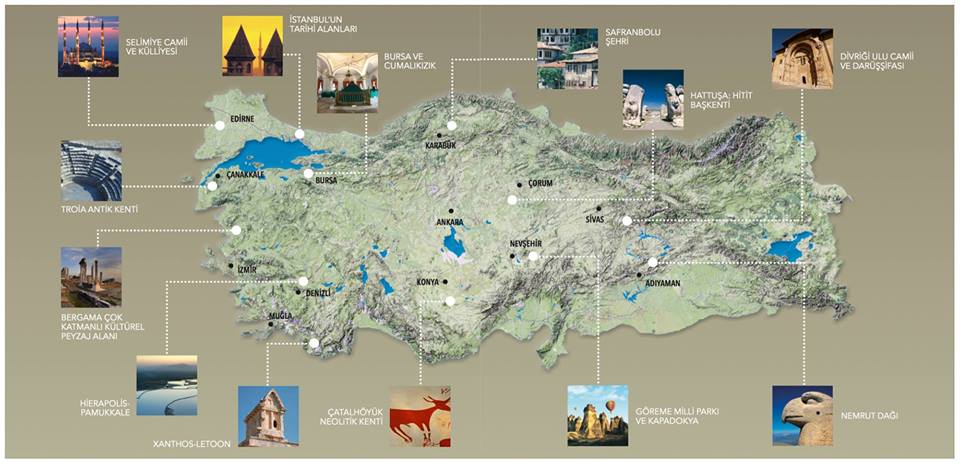
1. Edirne Selimiye Mosque and Complex (Edirne)
Considered one of the most magnificent works of its period, the symbolic Selimiye Mosque of Edirne, is famous for its technical excellence and aestheticism. The mosque, famous for its enormous dome, which is referred to as the pinnacle of single-domed structures, was built by Mimar Sinan in the name of Sultan Selim II. The stone, marble, wood, mother of pearl and tile motifs used in the interior design of the mosque, which Mimar Sinan described as his masterwork, are leading examples of the period, representing the pinnacle of an art genre, with its marble-tiled courtyard, manuscript library, educational institutions, outhouse, and bazaar. Date of Inscription on the UNESCO World Heritage List: 2011
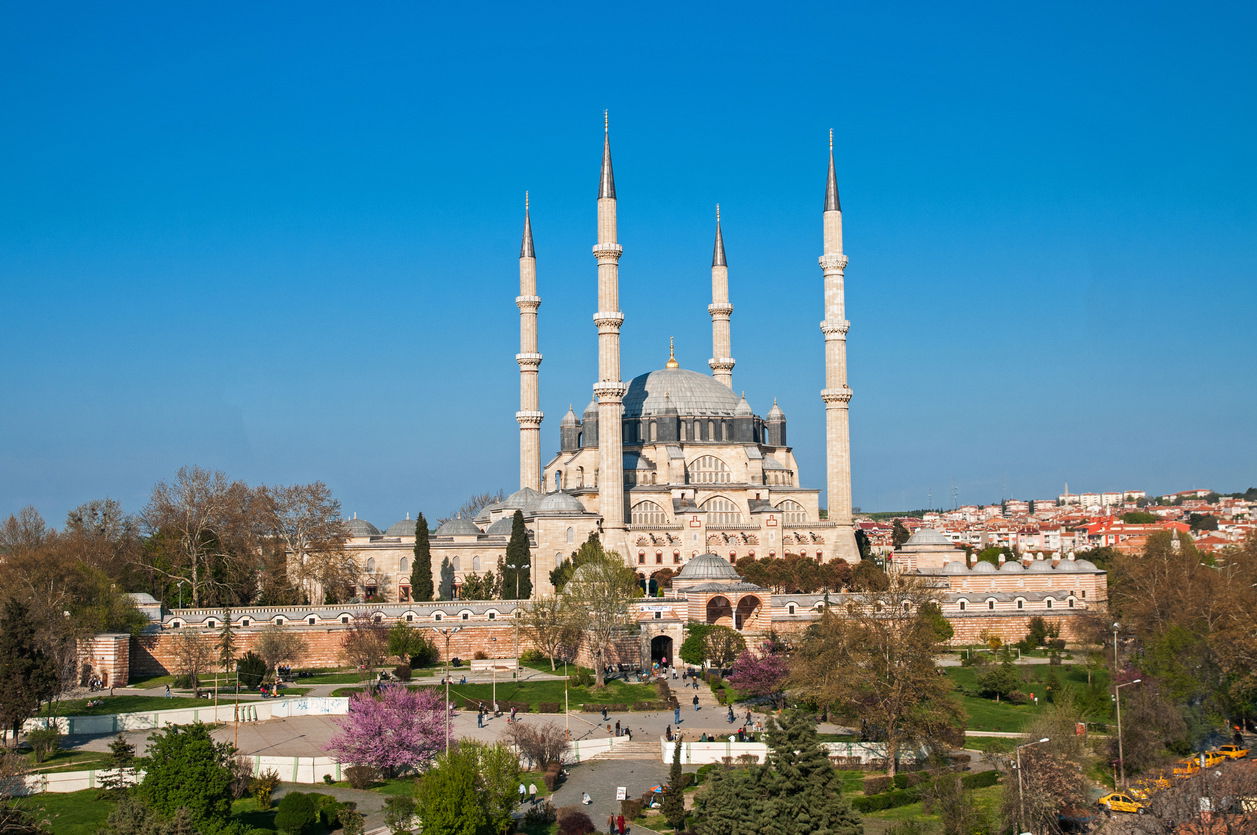 2. Historic areas of Istanbul (Istanbul)
2. Historic areas of Istanbul (Istanbul)
Istanbul, straddling both the continents of Europe and Asia, was home to Roman, Byzantine, and Ottoman civilizations. Istanbul is included in the UNESCO World Heritage List as 4 regions: the Sultanahmet Archaeological Site, the Suleymaniye Conservation Area, the Zeyrek Conservation Area and the Istanbul Land Walls Conservation Area.
Date of Inscription on the UNESCO World Heritage List: 1985
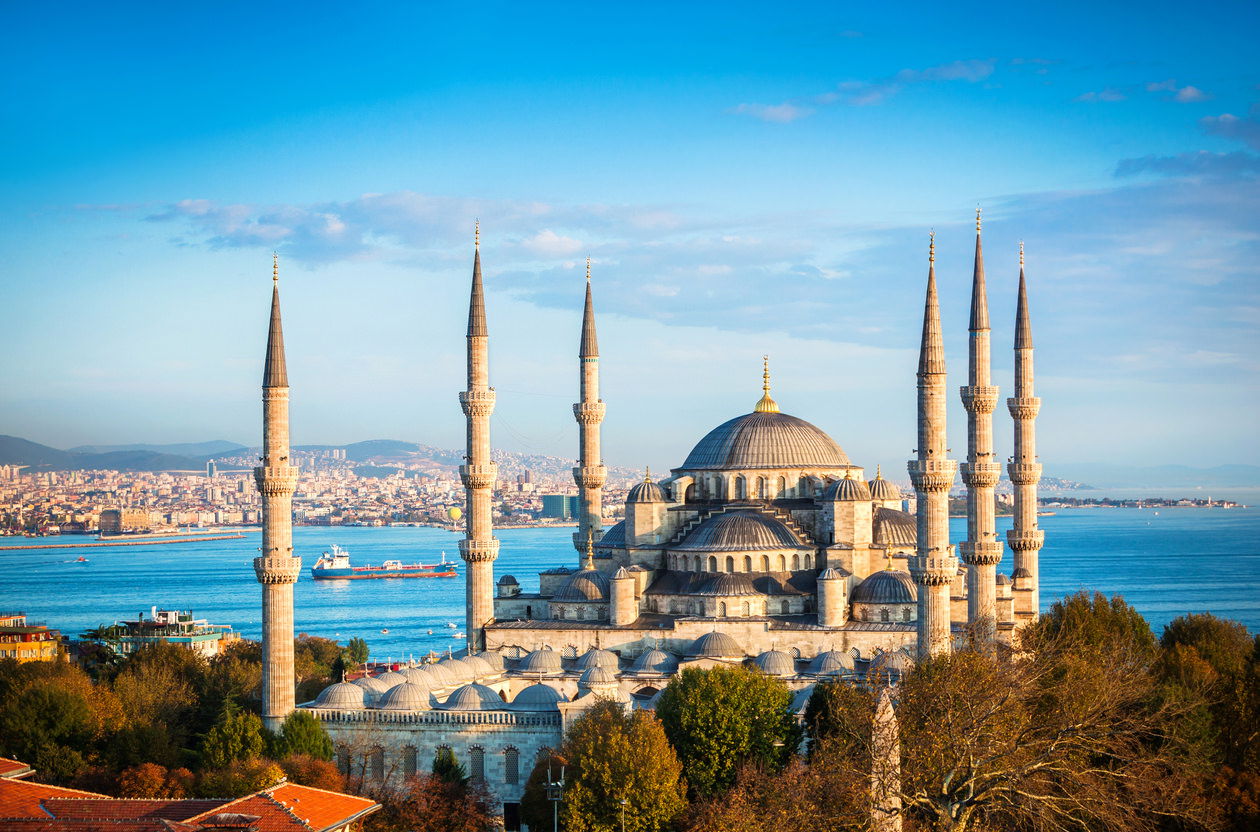
3. Bursa and Cumalıkızık, the birth of the Ottoman Empire (Bursa)
The great inns and bazaars of Bursa, the first capital of the Ottoman Empire, are telling of the important commercial role of the city. The Hanlar district was the heart of the economy throughout the 14th century. Bursa’s urbanization model also inspired the Ottoman-Turkish cities that were later established. Cumalikizık Village, which is home to one of the narrowest streets in the world (80 cm wide), made significant contributions to the establishment of economic relations with the Khans and complexes in the center of Bursa and the transformation of the Ottoman Empire from a chiefdom to an empire.
Date of Inscription on the UNESCO World Heritage List: 2014
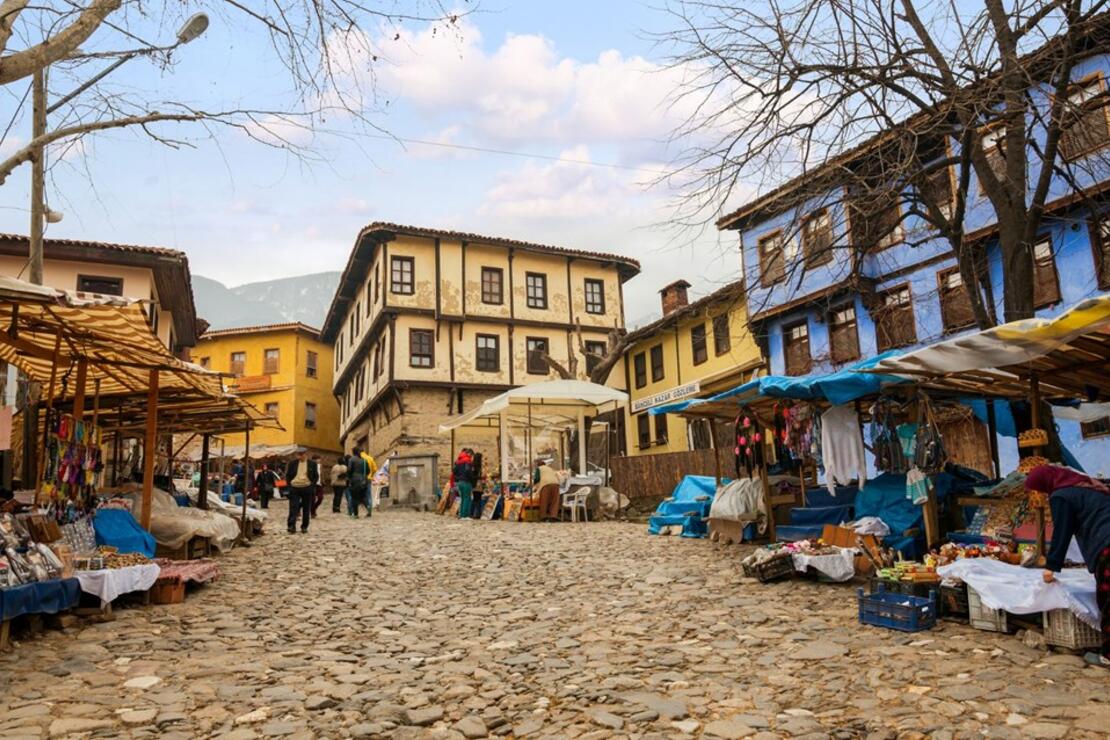
4. Archaeological Site of Troy (Çanakkale)
Troy became one of the most renowned ancient cities in the world after the epic of Homer’s Iliad draws in history buffs in spite of the looting and destruction that occurred upon its discovery. The 9 layers seen in Troy illustrate more than 3,000 years of history. This unusual land of Anatolia, the Aegean, and the Balkans carries the history of many civilizations. The earliest settlement in Troy has levels remaining from the early Bronze Age from 3000-2500 B.C. The later levels are marks from the Roman period of 85 B.C – 8th B.C.E. Troy serves as a reference for other archaeological sites in Europe and the Aegean. Date of Inscription on the UNESCO World Heritage List: 1998
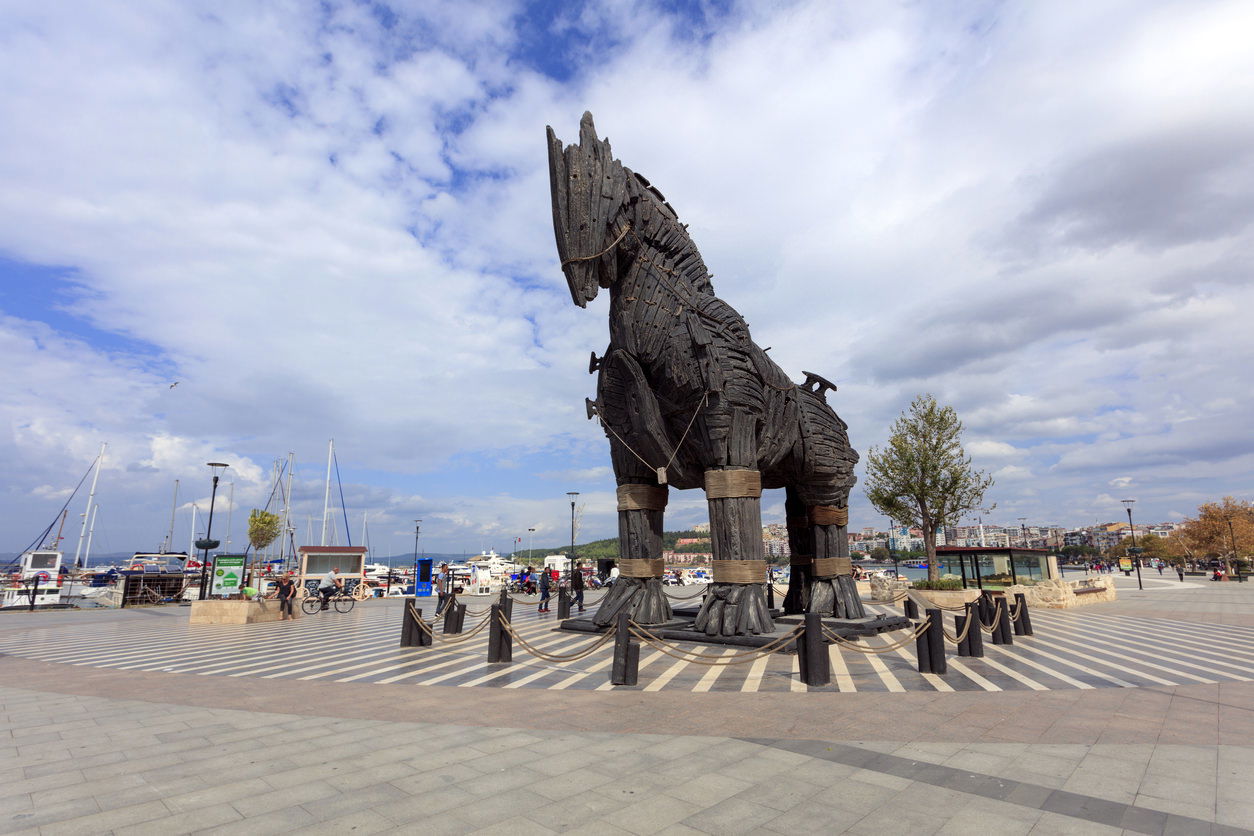 5. The multi-layered cultural landscape area of Pergamon (Izmir)
5. The multi-layered cultural landscape area of Pergamon (Izmir)
Pergamon, known as the city of the firsts, contains layers belonging to the Hellenistic, Roman, Eastern Roman and Ottoman periods. The multi-layered cultural landscape area represents the best example of the Hellenistic period urban planning, with the monumental architecture of the ancient Pergamon settlement. The temple of Athena, the Temple of Trajan, the steepest theatre structure of the Hellenistic period, the library, the Heroon, the altar of Zeus, the Temple of Dionysus, the agora and the gymnasium are among the most outstanding examples of this planning method and period architecture. The city also maintained its importance with many mosques, inns, baths and commercial centers belonging to Ottoman period architecture, primarily spread over layers belonging to the Roman and Eastern Roman periods. Date of Inscription on the UNESCO World Heritage List: 2014

6. The Ancient City of Ephesus (Izmir)
The ancient city of Ephesus, home to the Temple of Artemis, one of the 7 Wonders of the world, is one of the most important centers of the ancient period. It has been inhabited continuously for about 9000 years starting from the prehistoric period and has been a very important port city and cultural-commercial center. It houses works that bear witness to the early Christian period, such as the basilica built on St. John’s Tomb, Artemision, built in the 8th century B.C, and the House of the Virgin Mary. Ephesus is also one of the most important structures in religious history, with the House of the Virgin Mary, a Christian pilgrimage site, and the Islamic structures built during the Beylikler period. Date of Inscription on the UNESCO World Heritage List: 2015
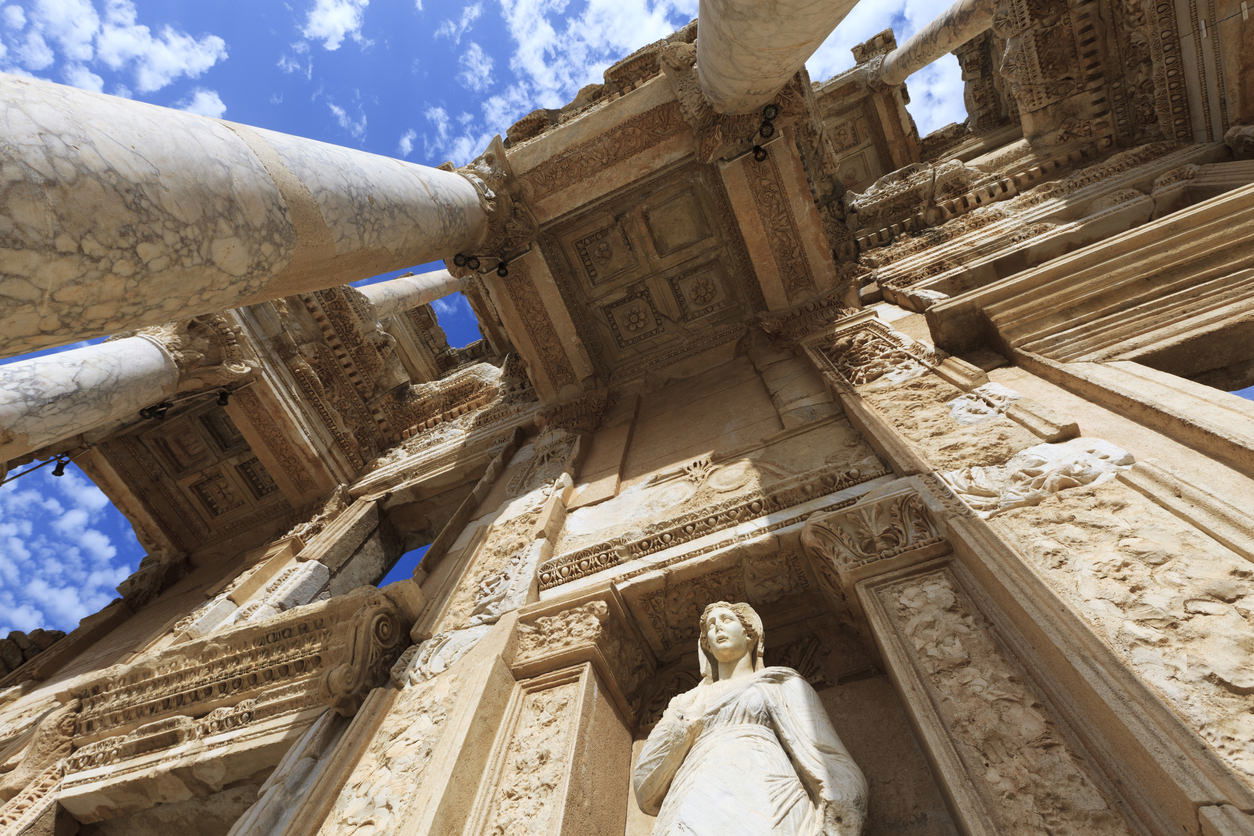
7. The Ancient City of Aphrodisias (Aydın)
Famous photographer Ara Güler discovered the city by chance, named after Aphrodite, the goddess of love and beauty in mythology. Aphrodisias, BC. While it looks like a small village in the 6th century BC. In the 2nd century, during the intense urbanization period in the Menderes Valley, it gained the status of city-state (police). B.C. Having close relations with Rome in the 1st century, Aphrodisias was protected by Octavian, who would later take the title of Augustus as the Roman Emperor, and began to develop rapidly. The archaeological significance of Aphrodisias is largely due to the exceptionally well preserved structures built of marble and associated reliefs and inscriptions. Date of Inscription on the UNESCO World Heritage List: 2017
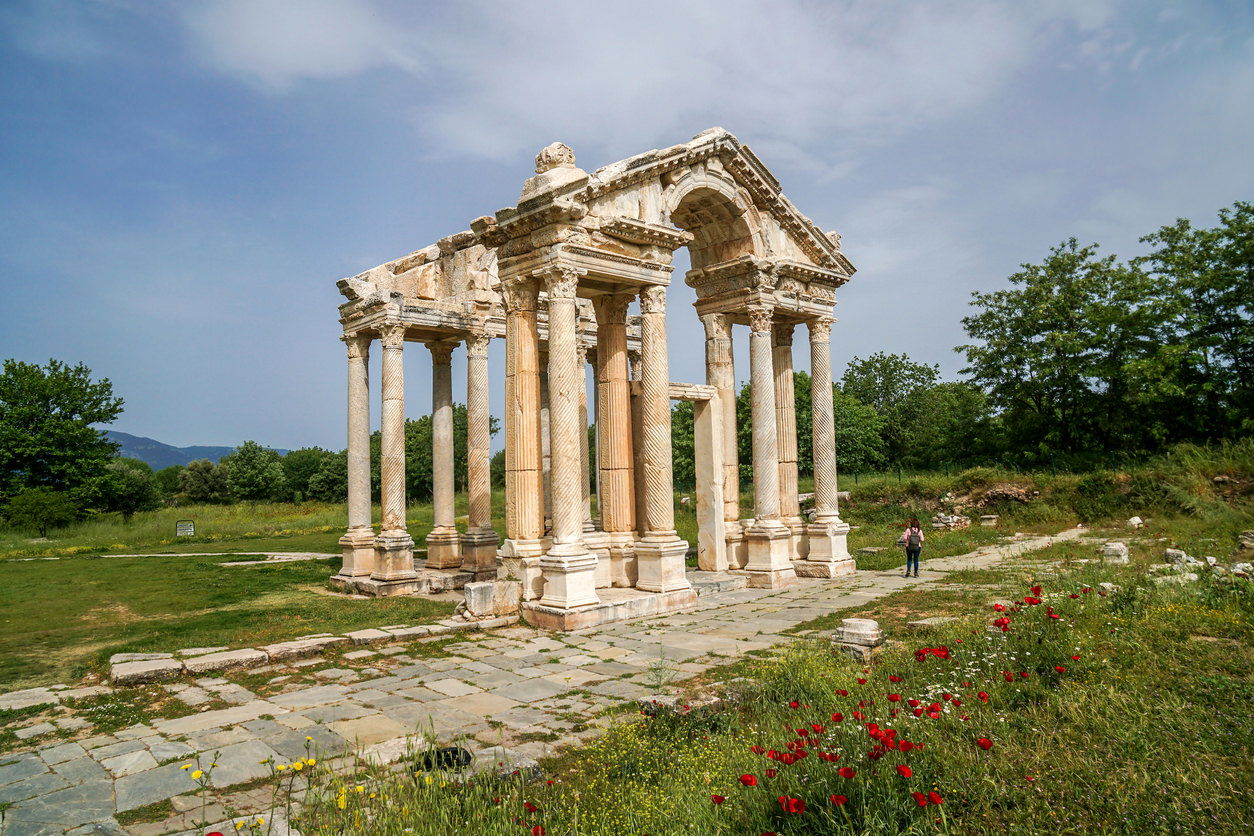 8. Xanthos-Letoon (Muğla)
8. Xanthos-Letoon (Muğla)
The first known democratic union in history, the two important ancient cities of the Lycian Union that have survived to the present day are Xanthos and Letoon.
Xanthos, remained independent until it came under the rule of the Persians in 545 B.C. Upon surviving the fires, it became the capital of the Lycian Union in the 2nd century B.C. Letoon, was the religious center of Lycia in antiquity, is home to the temples of Leto, Apollo, and Artemis, as well as the ruins of a monastery, a fountain, and a Roman Theatre. The largest temple dedicated to Leto, the mother of Artemis and Apollo, is located to the West and known as the Temple of Leto. The Temple of Apollo, located to the East, has not been as well preserved as the Temple of Leto. The Temple of Artemis is located in between the other temples and is the smallest in size. Date of Inscription on the UNESCO World Heritage List: 1988
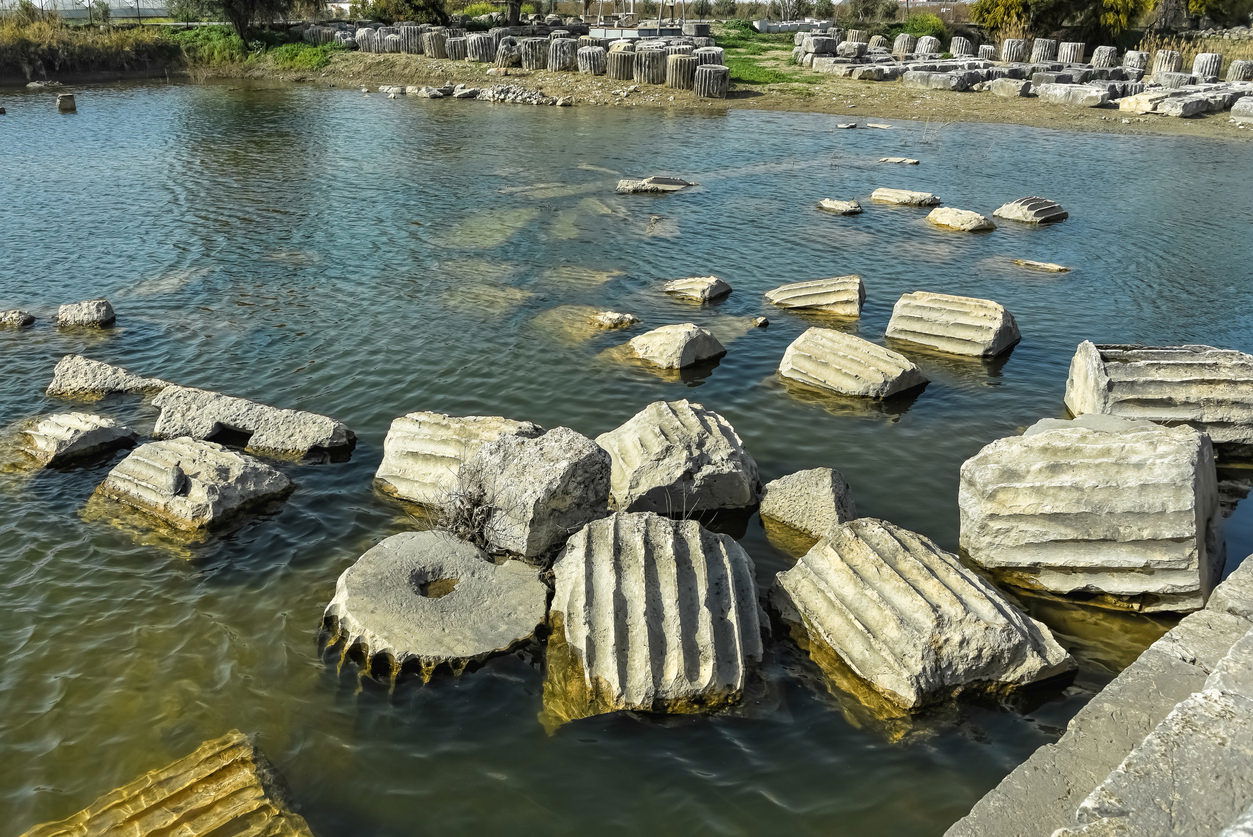
9. Hieropolis-Pamukkale (Denizli)
One of the 29 places inscribed on the UNESCO World Heritage List, Pamukkale boasts both natural and historical features. A natural wonder formed by the aftermath of 400 thousand-year-old earthquakes. The majestic white travertines were formed by calcium oxide-filled waters from the southern foothills of Caldağ. The archaeological city of Hierapolis, famous for its ruins from the late Hellenistic and early Christian periods, is one of the most striking centers that has endured from ancient times. The city was the capital of the Phrygia region during the reign of Constantine the Great and was the center of the bishopric during the Byzantine period. Date of Inscription on the UNESCO World Heritage List: 1988
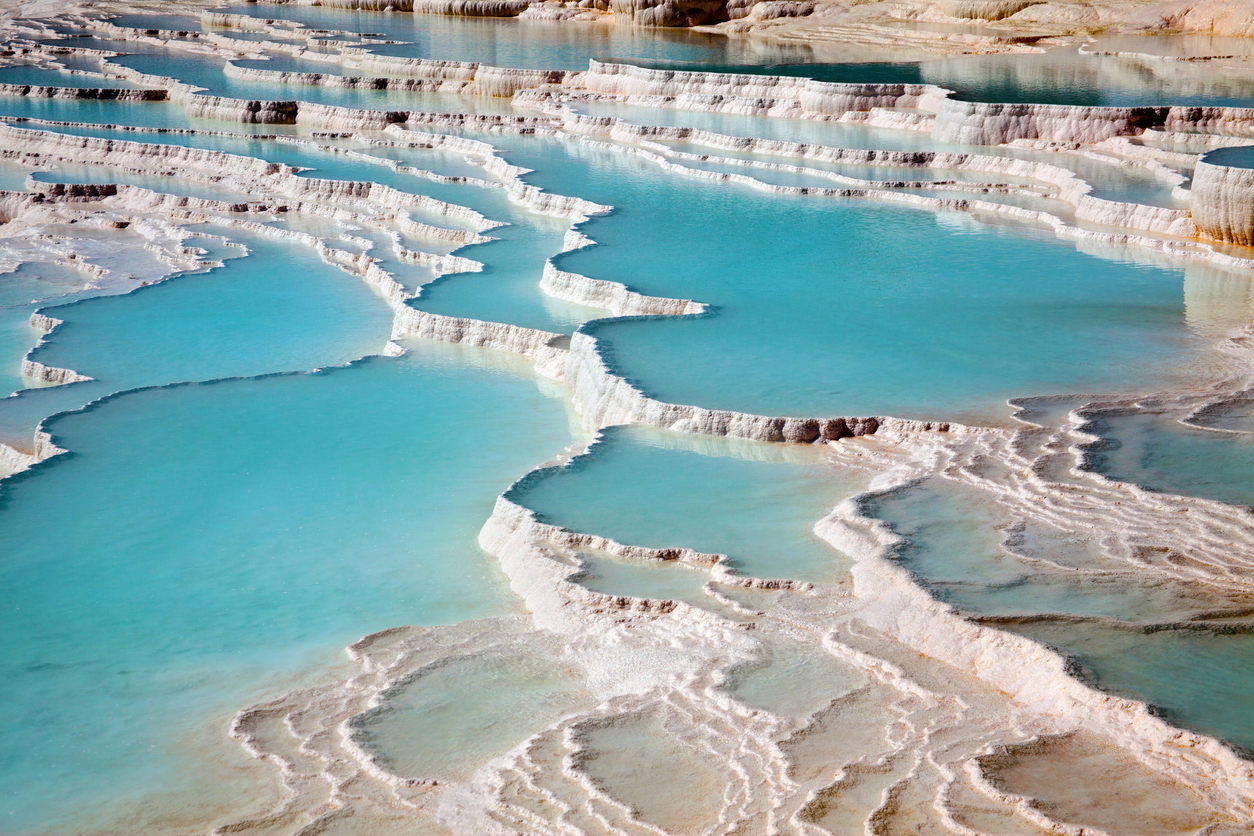
10. Neolithic Site of Çatalhöyük (Konya)
The Neolithic City of Çatalhöyük is notable for its presentation of transition to settled social life, an important period in the development of humanity, and important social changes such as the beginning of agriculture and hunting. The Neolithic City of Çatalhöyük is home to two mounds, the Eastern Mound revealing eighteen levels of Neolithic occupation between 7400 BC and 6200 BC. The levels consist of wall paintings, reliefs, sculptures and other artistic elements symbolizing social organization and transition to settled life. The Western Mound shows cultural features dating back to the Chalcolithic period, from 6200 BC to 5200 BC. With these features, Çatalhöyük provides evidence of the transition from settled villages to urban life in a single location over 2,000 years. Date of Inscription on the UNESCO World Heritage List: 2012
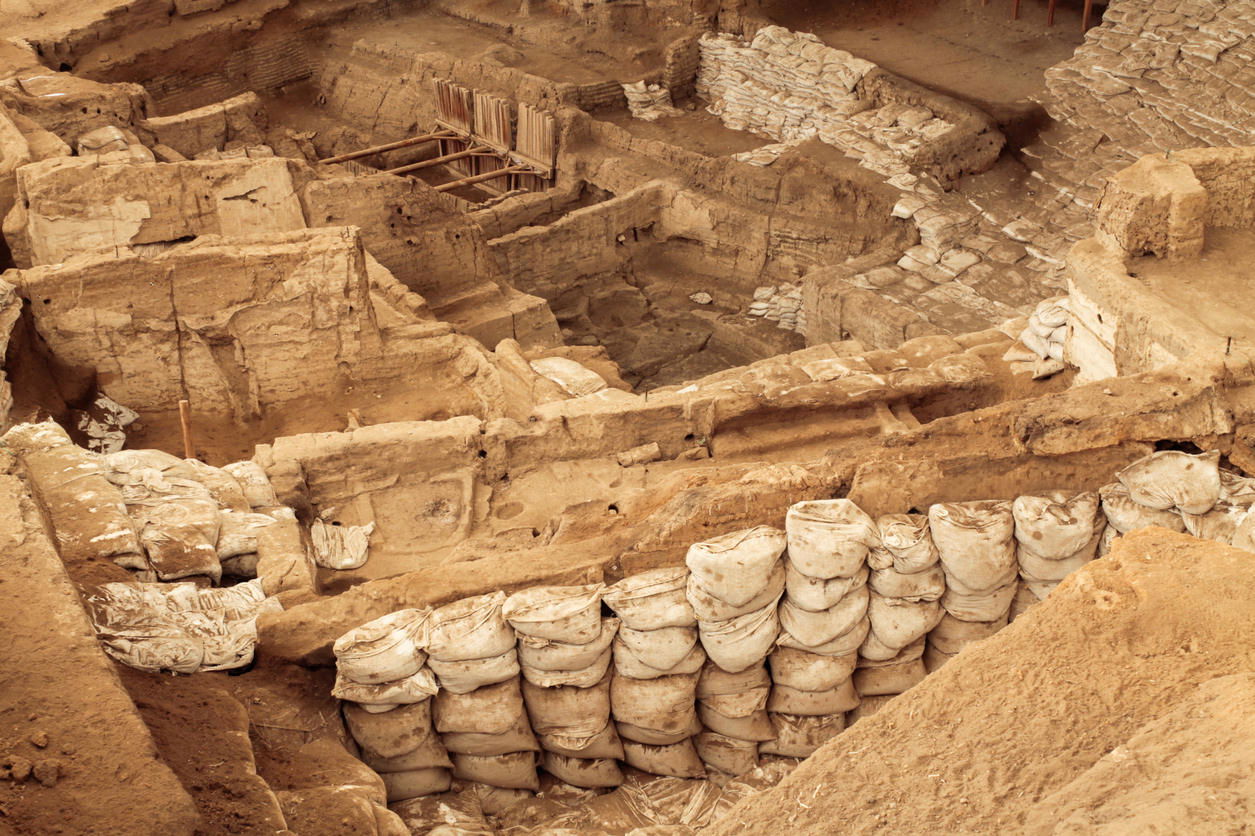
11. Göreme National Park and Cappadocia (Nevşehir)
Cappadocia has a landscape unlike any other, as a result of the erosion caused by active volcanoes of geological times. The lava and ash spewed by Mount Hasan, Erciyes and Güllü Mountain 10 million years ago formed a tuff layer. These layers hardened over time and transformed into different shapes with the erosion caused by rain and wind. Cappadocia, famous for its mystical air and labyrinthine of underground cities Ürgüp, Goreme, Uchisar, Ortahisar, distinct fairy chimneys, rock Hotels, and impressive valleys, is well worth a visit. Date of Inscription on the UNESCO World Heritage List: 1985

12. Hattusha: the Hittite Capital (Çorum)
As the Capital of the Hittite Empire, for centuries Hattusha has been a very important Center in Anatolia. Centuries later it was re-established by Hattusili I and became the capital of a civilization that would rule for more than 400 years. Today, the vast majority of it is from the Haliya Period during the reign of King IV the Great. Among the ruins belonging to the Tudhaliya period are temples, royal residences, and fortifications. The largest religious structure of Hattusa, the Great Temple, consists of two rooms which are thought to be dedicated to the greatest deities, The Storm God and The Sun Goddess. Yazilikaya Temple, located 2 kilometers northeast of Hattusa, is deemed to be the most magnificent open-air temple in the city. Date of Inscription on the UNESCO World Heritage List: 1986
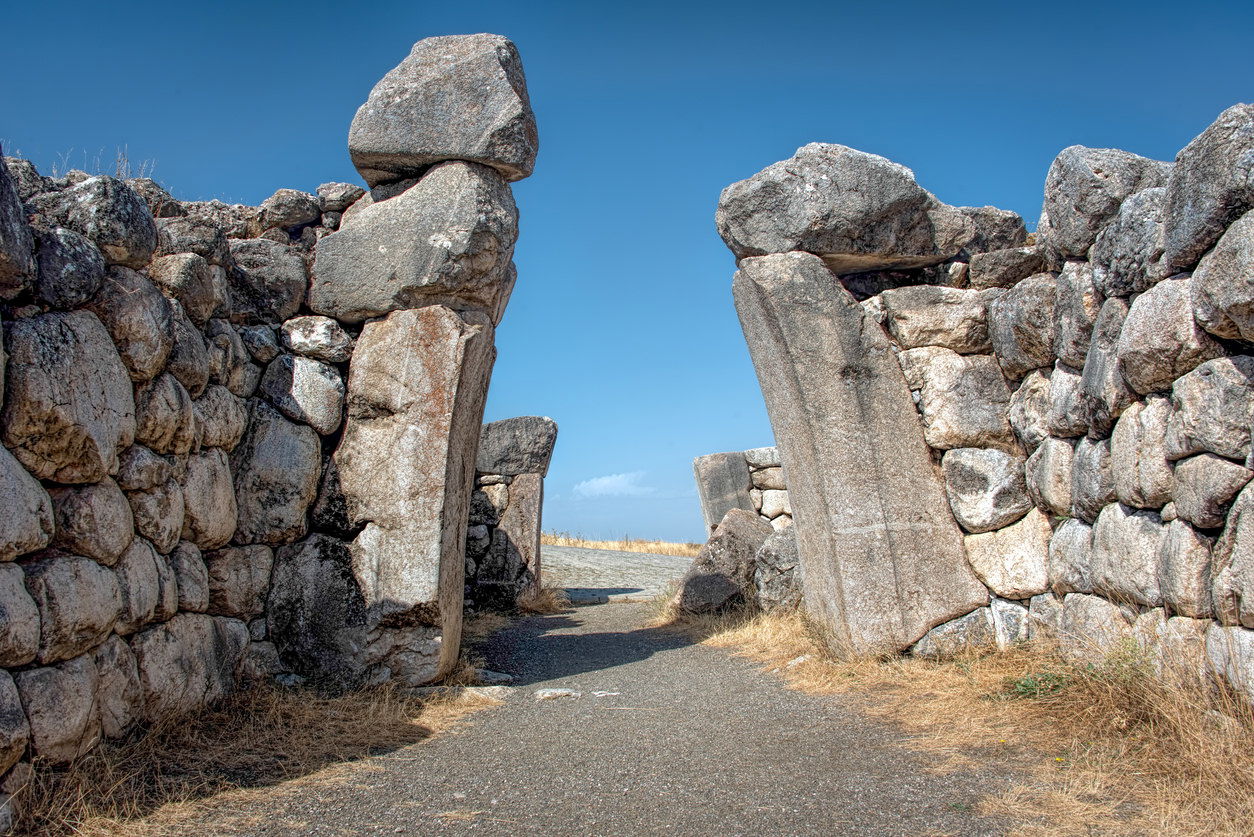
13. Safranbolu (Karabük)
Safranbolu, located in the Paphlagonia region of Homer’s Iliad saga, has been a settlement since ancient times due to its geographical positioning on the road connecting the Black Sea coast to Western, Northern and Central Anatolia. Safranbolu has been controlled by the Turks since the beginning of the 14th century and became a prominent center of trade linking Asia and Europe in the 18th century. A great example of untouched Turkish urban history, this city is truly rare with its traditional urban nuances, wooden masonry houses, and monumental structures, all of which have been declared sites. The Safranbolu houses were built so as not to block out the sun from the view of other houses and were carefully positioned per the nearby religious and official structures. Date of Inscription on the UNESCO World Heritage List: 1994
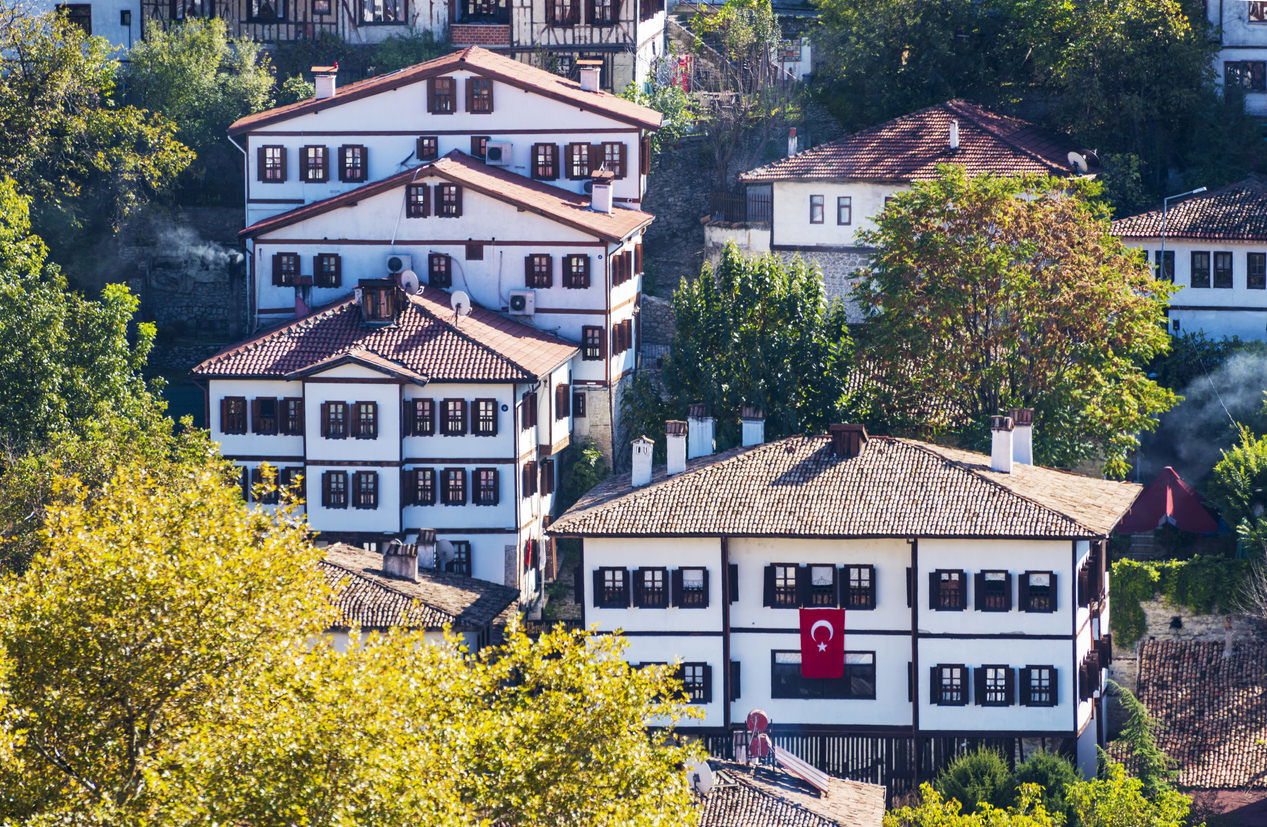
14. Divriği Ulu Mosque and Hospital (Sivas)
This mosque, flagged with Anatolian traditional stonework, is home to tens of thousands of decorative features each bearing an individual distinct style illustrating the harmony and balance of the universe. Divriği Ulu Mosque boasts numerous beautiful doors but the most magnificent of all is the Gate of Paradise, embellished in decorations representing heaven. The rippling sounds of water you hear from within the hospital is the water that was used to treat mental and nervous illnesses. Date of Inscription on the UNESCO World Heritage List: 1985
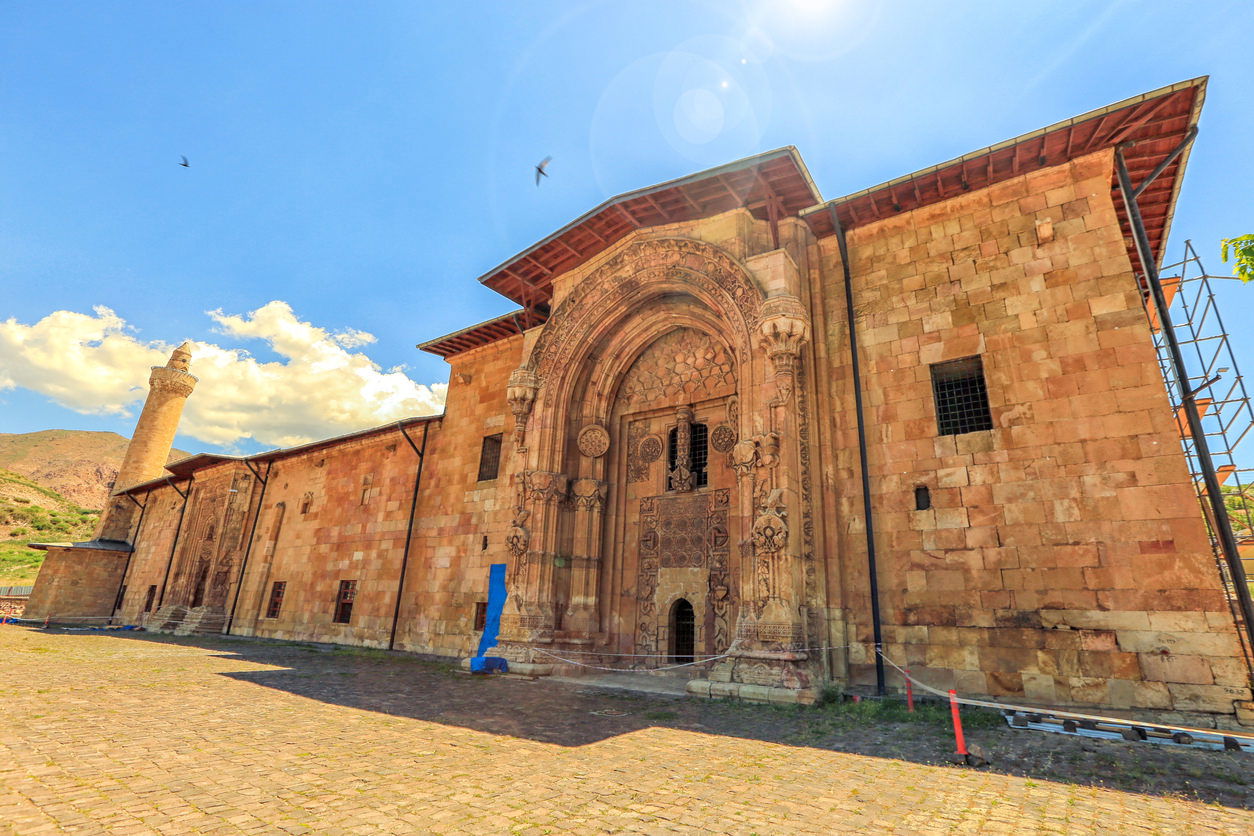
15. Mount Nemrut (Adıyaman)
According to the legend, King of Commagene I Antiochos intended to unite the religion of the Greeks with the religion of Persians of the East and dreamed of making Mount Nemrut the center of a new world religion. The religion, with the aim of world domination and immortality, spread from this origin point to the rest of the world. The tomb and monumental sculptures built by Antiochos to attest his gratitude to the gods and his ancestors are the most magnificent relics of the Hellenistic period. The monumental sculptures are spread across the East, West and North terraces. The East Terrace is known as the sacred center and houses the most important sculptural and architectural remains. These well-preserved giant sculptures are made of limestone blocks, each about 8-10 meters high. Date of Inscription on the UNESCO World Heritage List: 1987
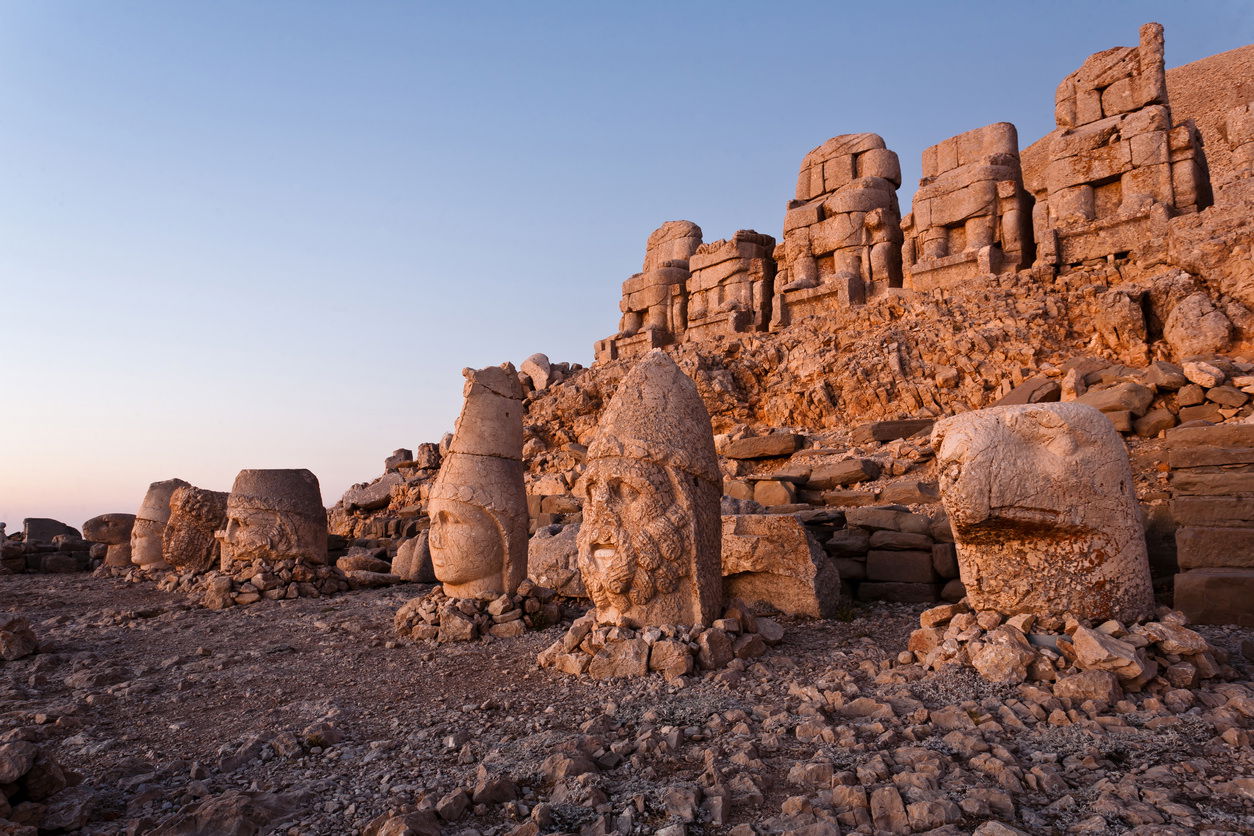
16. Göbeklitepe (Şanlıurfa)
Up until the discovery of Göbeklitepe, the start of history as we know it, the oldest temple known to man was Stonehenge in England. The fact that Göbeklitepe dates back exactly 7000 years before Stonehenge has transformed our understanding of human history. Göbeklitepe is unique for many reasons, but the most important is that it is the oldest place where monumental (megalithic) structures, especially for ceremonies, have been built. Such scientific data provides important information that calls for a re-evaluation of the theoretical framework and the Neolithic period. Date of Inscription on the UNESCO World Heritage List: 2018
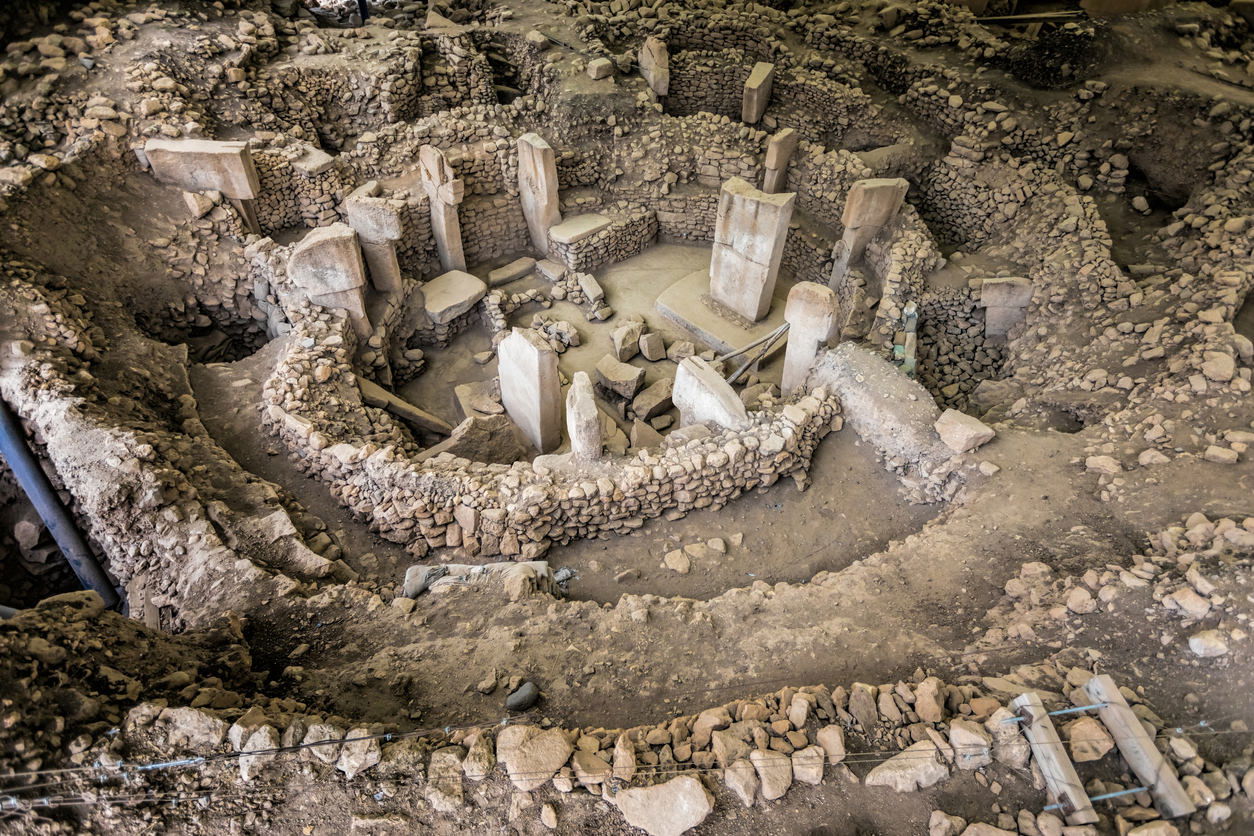
17. The cultural landscape of Diyarbakir Castle and Hevsel Gardens (Diyarbakır)
Diyarbakir Castle, which has survived for the past 7,000 years, holds important universal heritage having been shaped by the succession of civilizations that ruled the region. The Hevsel Gardens, home to more than 50 species of birds, around 10 species of mammals and lush scenery, is a public civic garden, that bears the traces of more than 30 civilizations. Besides its agricultural value, it has a unique cultural and historical identity as it has endured for 8,000 years. Date of Inscription on the UNESCO World Heritage List: 2015
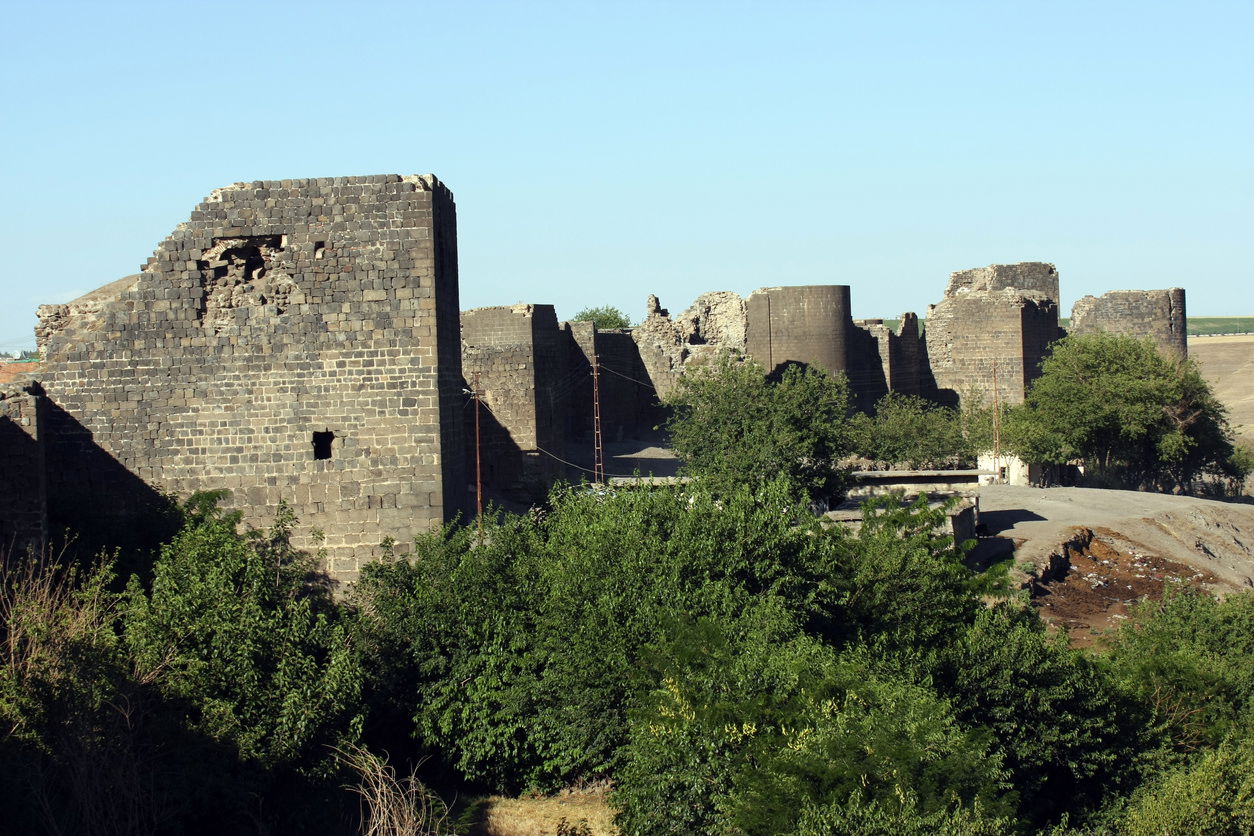
18. Archaeological Site of Ani (Kars)
Ani is the city known as 1001 churches and the city of 40 gates. So far 40 churches, chapels, and mausoleums have been identified in Ani. The Archaeological Site of Ani dates back to the Early Iron Age of the 16th Century. As a multicultural Silk Road settlement up to the 16th century, there are many diverse examples of architecture and art from the Middle Ages. Settlement began in the 4th century in İçkale; The first instance of the transition from the closed city model to the open city model in the region. The city developed into a multicultural trade center since it was located in the area where trade became most widespread, making it the melting pot of Armenian, Georgian, Byzantine and Seljuk cultures. Date of Inscription on the UNESCO World Heritage List: 2016
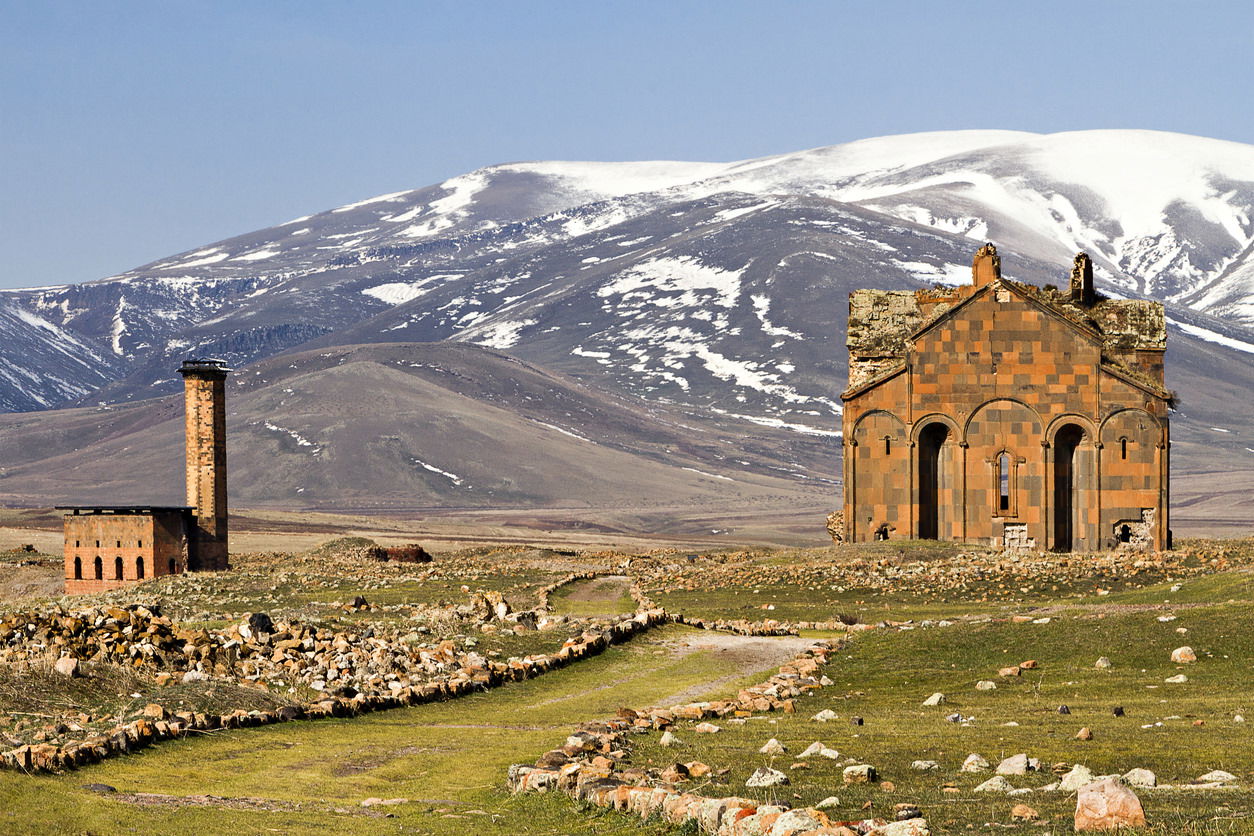
Excursions :
With our partners go explore the treasures of Turkey.
From İstanbul to Cappadoce or Pamukkale, Turkey is a beautiful open-air museum, there are so many beautiful things to discover you will surely have to come back :)
All our excursions are flexible: possibilities to organize visits over 1, 2, 3 days or even tours over 7 or 14 days.
We offer you in our services some examples of combinations of excursions to discover.
Important if you want to make these excursions in combination with medical treatment, we recommend short trips.
Discover all our excursion possibilities
At your request, we can take care of all the procedures relating to reservations (hotel, car, etc.), transfers (airport-hotel) and other additional services depending on the type of stay chosen.
For more information or reservation please contact us by mail or whatsaap
- Antalya, Turkey
 +90-5385823609 - ENG -TR - FR
+90-5385823609 - ENG -TR - FR +90-5435384606 - NL / FL - DE - ENG
+90-5435384606 - NL / FL - DE - ENG- medical.travel.turkey@hotmail.com

